New purification methods may streamline the vaccine manufacturing process and make scaling up production easier.
A vaccine for COVID-19 is still being developed — but when it is available, it will be manufactured in a standard three-step process. First, virus molecules for the vaccine are grown in cell cultures inside bioreactors. Second, the virus molecules are extracted from the cell cultures through a process called purification. Third, the vaccine is stabilized for shipping and storage. Researchers at Michigan Technological University are creating new processes to improve the purification step — which often accounts for 50% to 70% of a vaccine’s manufacturing costs.
About the Researcher
Current vaccine purification relies on ultracentrifugation, or spinning the cell cultures at high speed until their components separate. With this method, the only way to scale up production is by running 24 hours a day and buying more centrifuges. Caryn Heldt, director of the Michigan Tech Health Research Institute and the James and Lorna Mack Chair in Bioengineering, has studied ways to purify viruses without using ultracentrifugation for more than 15 years — and her methods could be just as effective, faster and more efficient.
Short-term Solutions
In the short term, Heldt has the capability to purify viral vaccines quickly using chromatography, a process often used for protein purification in the manufacturing of many antibody drugs. Using chromatography, a technician places a molecule on a solid bead — often made of silica and appearing to the naked eye as sand — coated to cause certain molecules to stick to it while other molecules can be washed out.
“You fill up a column with this sand-like material that has a certain chemistry on it,” Heldt said. “The virus would prefer to stick to that chemistry. If you change the solution, you can remove different things sticking to that chemistry. Finally, you can change the solution so the virus no longer sticks, which is called elution, and the purified virus comes out of the column ready to be made stable for shipping and storage.”
Chromatography works very well for proteins, but yields are smaller for viruses. The beads on which the proteins or viruses stick are porous. The smaller proteins enter the pores and are trapped more securely. However, viruses are too large to get into the pores — giving them a greater chance to be washed out of the column before the purification process is complete.
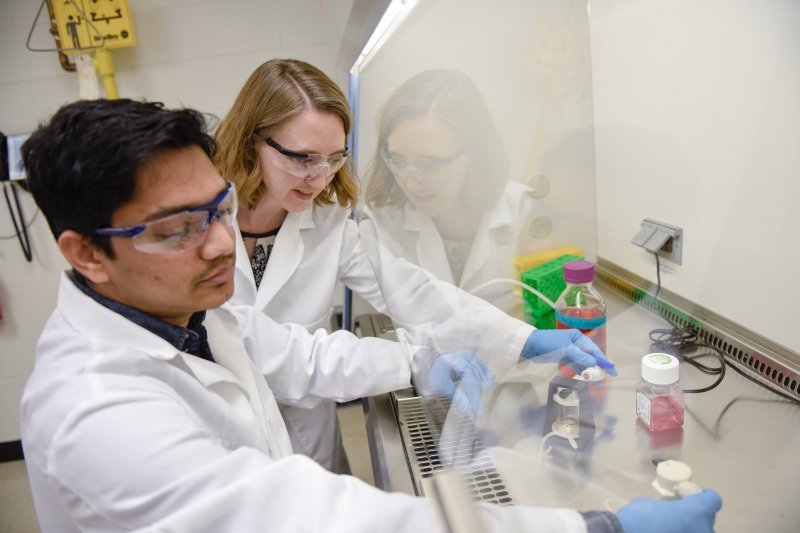
Like Oil and Water
In the long term, Heldt and collaborators are working on a plug-and-play vaccine manufacturing system for respiratory viruses, including the COVID-19 coronavirus and influenza virus. This novel system would enable technicians to change out the vaccine molecule (the virus target) while maintaining the rest of the process.
Novel Scaffolds Increase Immune Response
Michigan Tech virologist Ebenezer Tumban designs and tests new vaccines using novel scaffolds. This approach can increase immune responses to vaccine candidates for Zika virus and HPV (human papilloma virus).
Heldt is continuing to refine an aqueous two-phase extraction technique, which she likens to what occurs when oil and water are placed in the same container. Instead of oil, Heldt’s extraction technique uses two phases of water that have different chemistries to separate virus molecules from cell cultures.
“The virus prefers one phase and the contaminating proteins and DNA like the other phase,” Heldt said. “We alter the electric charge and hydrophobicity of the phases, which changes the phase to capture whatever virus we’re trying to capture.”
Long-term Opportunities
Heldt’s lab is currently collaborating with researchers at Johns Hopkins and Mount Sinai Hospital to develop an improved influenza vaccine manufacturing process. This new process would increase vaccine throughput and also create a flexible platform allowing a facility to quickly switch between influenza strains from year to year, and possibly to other respiratory viruses, like COVID-19.
Traditional vaccine manufacturing requires batch processing, while aqueous two-phase extraction is a continuous process. Continuous manufacturing requires smaller facilities and can be operated by fewer employees than batch manufacturing plants.
While this project is five to 10 years from being accepted as a method for vaccine manufacturing, its importance is underscored by the global urgency to develop a vaccine for COVID-19, which certainly will not be the last virus to have widespread effects on humanity.
Michigan Technological University is an R1 public research university founded in 1885 in Houghton, and is home to nearly 7,500 students from more than 60 countries around the world. Consistently ranked among the best universities in the country for return on investment, Michigan's flagship technological university offers more than 185 undergraduate and graduate degree programs in science and technology, engineering, computing, forestry, business, health professions, humanities, mathematics, social sciences, and the arts. The rural campus is situated just miles from Lake Superior in Michigan's Upper Peninsula, offering year-round opportunities for outdoor adventure.
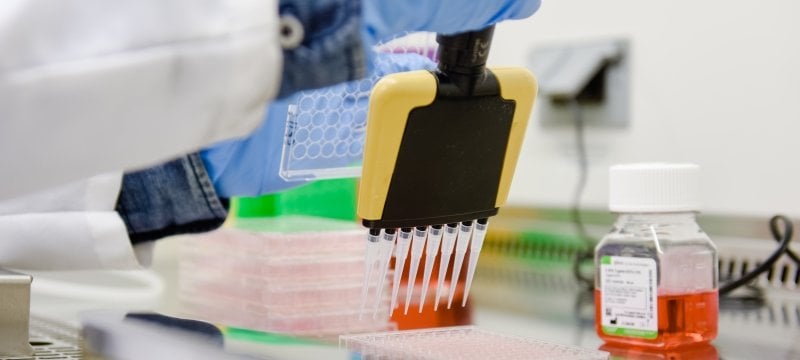
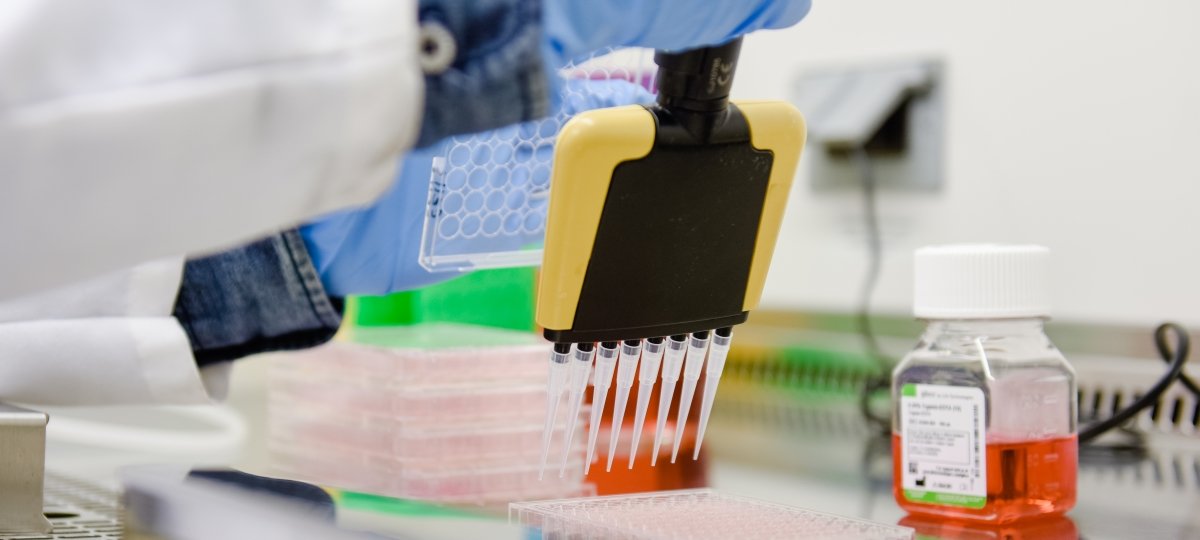

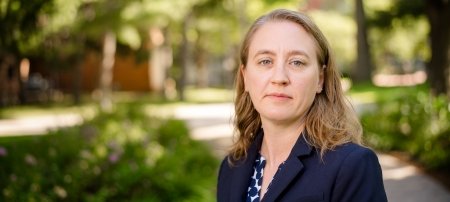

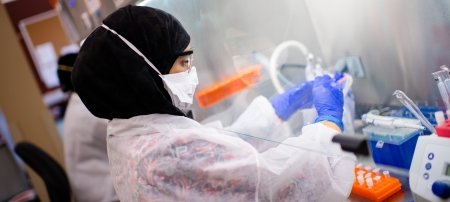
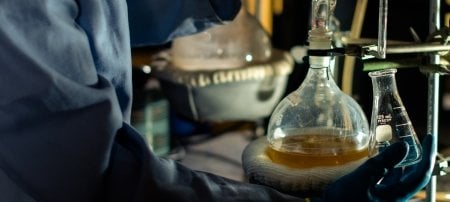
Comments